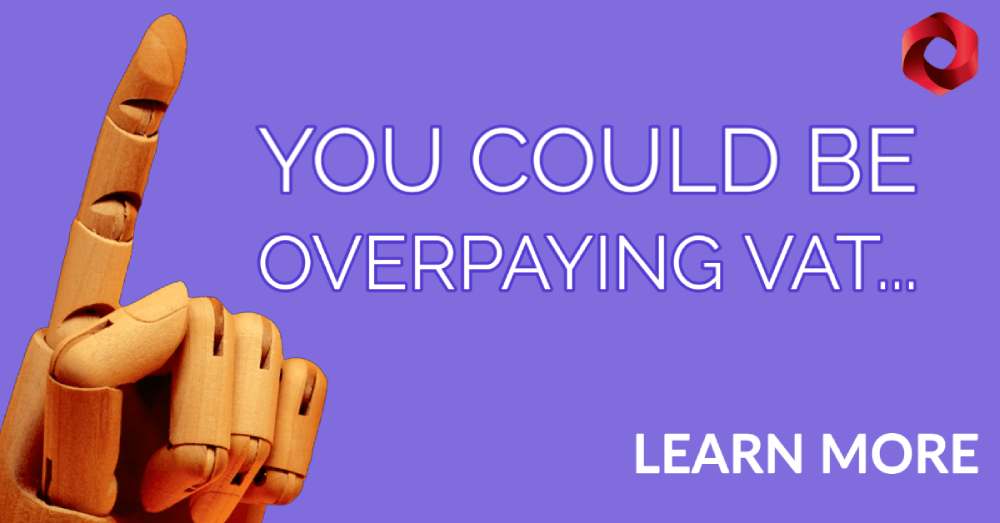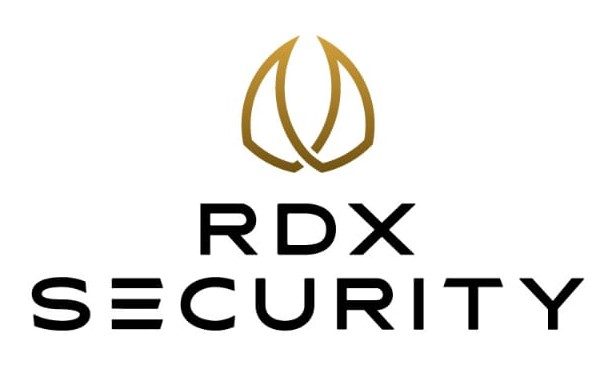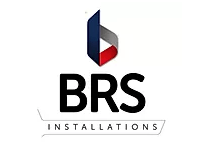What exactly is R&D? and R&D tax credits
- May 2022
- 5 minutes
To comprehend the role and impact of R&D, it is necessary to define research and development, as well as investigate its role in business and its broader significance. This will enable us to examine how R&D is funded, including through the government’s powerful R&D tax credit incentives.
 What is R&D?
What is R&D?
R&D stands for research and development. What R&D represents in a business context and its power is a much wider and more complex area that we will now explore.
The creation of new knowledge is the goal of research and development. It is a business activity that companies engage in to develop new products, processes, or services, or to improve those that already exist. Businesses frequently take on risk in order to do so. This is because they are unsure whether what they are attempting is technologically feasible, or, more commonly, they are unsure how they will achieve their goals in practise.
R&D is a critical function in many businesses. A company can stay competitive and profitable by launching new products or improving existing ones.
R&D is one of the first stages in developing a new product, process, or service, or refining an existing one. Experimentation and innovation, as well as risk, are common at this stage. The R&D cycle frequently starts with ideation and theorising, then moves on to research and exploration, and finally design and development.
 What sectors does R&D occur in?
What sectors does R&D occur in?
Research and development takes place in a wide range of sectors and industries, as well as in businesses of all sizes. These range from intense R&D industries that rely heavily on R&D projects, such as pharmaceuticals, life sciences, automotive, software, and technology, to areas such as food and beverage. R&D is also important in the construction industry, especially in manufacturing and engineering.
 Types of research and development
Types of research and development
All R&D tends to start with ideas and theories – this can relate to identifying issues or new opportunities. The R&D process then focuses on exploring and researching those ideas, seeing what’s feasible. There are two main types of research within R&D – basic research and applied research.
- Basic research– is all about acquiring knowledge and using it to build understanding and intelligence that a business can use to its advantage. This knowledge can be the foundation for further R&D projects and feed into strategic business decisions.
- Applied research is a lot more defined, and often looks to achieve a specific objective. This could be using a new technology, reaching a new market, improving safety or cutting costs. Applied research is often what leads to the development phase.
The design and development phase focuses on turning an idea into a product or process. It is essentially a matter of translating research into a commercial product or service. It frequently entails design, prototyping, trials, testing, and refinement.
Prototyping is essential during the development phase because it allows you to identify and overcome problems while also improving the design. Those in manufacturing development eventually progress to manufacturing trials, where they look to produce the product on a larger scale.
R&D can be set up to look at various outcomes, such as:
 New product research and development
New product research and development
R&D and product development frequently coexist. Rapid changes in consumer demands and emerging technologies necessitate constant adaptation. Before developing new products, you must have a thorough understanding of the market and user requirements. This lays the groundwork for the new product’s development.
At the outset, various concepts are generated and tested. These can then be prototyped and tested for further research and development.
 Improving existing products and processes
Improving existing products and processes
Continuous evaluation of existing products, services, and processes is also an important aspect of R&D. If a product, service, or process in a market is no longer profitable or adding value, it risks stagnation.
It is also possible that technology has been developed that will allow for improvements that will reduce costs, increase efficiency, or improve safety. This can include improvements to the product’s manufacturing and production processes.
Legislative changes or shifts in user preferences may require a product or process to change or evolve in order to remain viable.
 R&D projects
R&D projects
Projects for research and development are established to meet a variety of objectives and business needs. These could be related to the introduction of a new product or service, the improvement of an existing process, or the use of new technology.
Often, the unknowns and uncertainties at the heart of these R&D projects will be resolved by the R&D. This uncertainty is a key component of the definition of R&D for tax purposes.
An R&D project could include migrating a legacy system to the cloud, automating a part of the manufacturing process, or utilising new materials to improve performance.
 Research and development in business
Research and development in business
With emerging technologies and fast-changing markets, R&D in business is more important than ever. Although many businesses have an R&D function, how R&D actually looks on the ground varies dramatically. R&D intensity also differs dramatically between industries and individual companies.
 What is R&D in business?
What is R&D in business?
Businesses will approach R&D in various ways, with various organisational structures implementing various R&D strategies. How R&D is leveraged internally varies dramatically across businesses, and this has a significant impact on its overall impact.
Some businesses will not be able to do R&D in-house and will instead outsource R&D, relying on others to drive innovation. Some companies choose to outsource their R&D, while others have R&D departments that are solely dedicated to R&D.
R&D is a complex function within any business and often comes with its challenges. Many R&D leaders struggle to reduce development times as well as plan and roadmap more effectively for the future. Building a culture of innovation across a business through R&D is often a goal for many businesses but one that is also hard to achieve.
 R&D strategy
R&D strategy
It’s not enough to simply carry out R&D. In order to make the most out of an R&D function, you need to strategize. Regardless of your R&D objectives, whether you want a competitive edge, a first mover advantage to capitalise on a new technology, to keep up with a competitor or break into a new market – how you plan and strategize around R&D is essential.
A strategic R&D programme will yield benefits. It becomes even more beneficial when combined with R&D tax credits. You may want to modify your R&D processes and planning to take advantage of R&D tax credits more effectively. The ultimate goal is for R&D to permeate a company’s culture and business approach.
The use of R&D tax credits can reduce the financial uncertainty at the heart of the potentially most lucrative R&D projects. You can be compensated for taking more risks. This contributes to a shift in mindset when approaching risky projects. This is where our industry experts and chartered tax advisors can help.
 R&D costs
R&D costs
It can be costly to conduct research and development. Emerging technology and highly specialised personnel all have a cost. Many CEOs are understandably concerned because the costs are incurred up front with no guarantee of ROI. Nonetheless, it is an important function, and R&D spending must be budgeted for.
R&D can be one of the most expensive expenses in some businesses. Annual lists of the companies that spend the most on R&D are published – Amazon, Samsung, and Apple spend billions of dollars on R&D and frequently top these lists.
The good news is that many of the R&D costs can be recovered with R&D tax credits. There are others though that don’t qualify. As a business, you need to weigh up the total project cost against the qualifying costs for R&D tax credits, then decide if your project is feasible.
 R&D investment
R&D investment
Despite the high costs, investing in R&D allows a company to invest in its future capabilities. R&D investment can help a company stay competitive and keep up with changing customer demands. Businesses that invest in R&D can receive various forms of funding, including R&D tax breaks. There are two types of R&D tax credits: the SME incentive and the RDEC incentive for large companies and grant-funded SMEs.
 R&D and innovation
R&D and innovation
Innovation and research and development are inextricably linked. Innovation is a broad concept that can be difficult to pin down. It frequently refers to novel and innovative ideas, products, services, and methods/processes. One of the primary ways a company will seek to innovate is through R&D activity and projects.
When it comes to R&D activity, innovation can mean something new to your company or something truly unique. According to Innovate, “‘new to me’ innovation encompasses proven technology applied in novel and creative ways.” While the technology is not novel in and of itself, the application or product is.”
Although not all R&D results in innovation, innovation is unlikely to occur without some level of R&D
For tax purposes, the definition of innovation for R&D is narrower. This means that R&D tax credits cannot be used to replace innovation. R&D for tax purposes focuses on making a scientific or technological advance and resolving uncertainty.
 Benefits of R&D
Benefits of R&D
As previously stated, R&D is critical to business growth and your ability to compete in a market. A company that can innovate and adopt new technologies while also improving existing processes has a better chance of long-term success.
At a broader level, the benefits of R&D extend across entire industries and have a positive impact on the economy as a whole. A sector that invests heavily in R&D will grow and achieve more, including providing people with real-world benefits.
R&D and economic growth are inextricably linked in many countries. A government’s plans to grow its economy frequently include some form of R&D incentive. This is due to the fact that they are intended to boost productivity. R&D tax credits have become a cornerstone of policy for the new UK government.
Global R&D spending has reached a record high of nearly US$ 1.7 trillion – see UNESCO. In terms of R&D spending, the United States and China are at the top. The true benefits of R&D can be felt on a global scale when advances are made that improve the lives of residents, including those in the most need.
 What is R&D for tax purposes?
What is R&D for tax purposes?
When it comes to R&D tax credits, the government has defined R&D in a specific way. It is described in the following ways:
“R&D for tax purposes takes place when a project seeks to achieve an advance in science or technology. The activities that directly contribute to achieving this advance in science or technology through the resolution of scientific or technological uncertainty are R&D.”
To count as R&D, you need to look for three things:
Project-As well as your own R&D projects, an R&D tax claim can include work undertaken for a client. And remember, a project doesn’t have to have been successful to qualify.
Advance-According to the government’s accepted definition of research and development, R&D must seek an advance in overall knowledge or capability in a field of science or technology.
Uncertainty-If you’re not sure if your R&D project is possible, or you don’t know how to achieve it in practice, you could be resolving technological uncertainties and be carrying out qualifying R&D.















